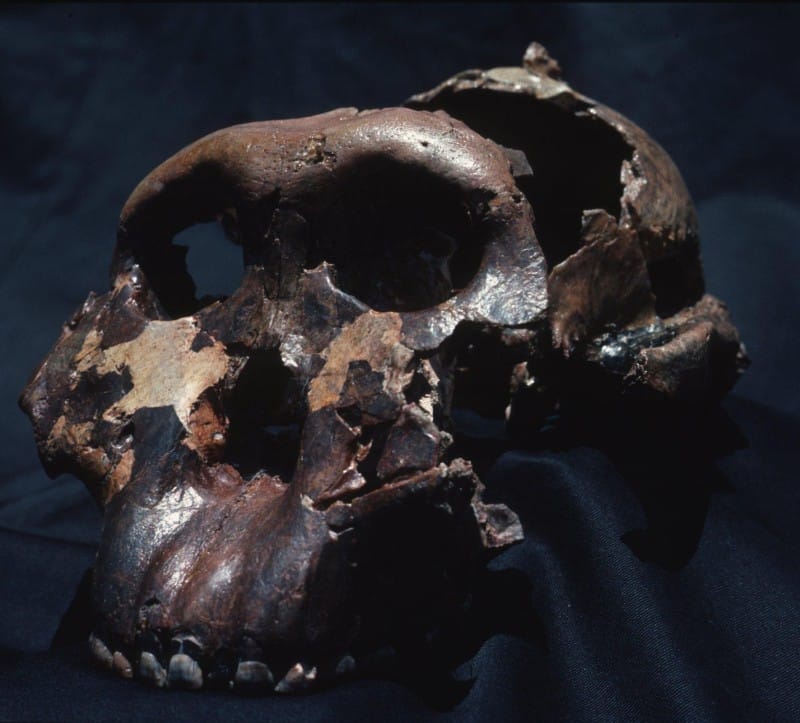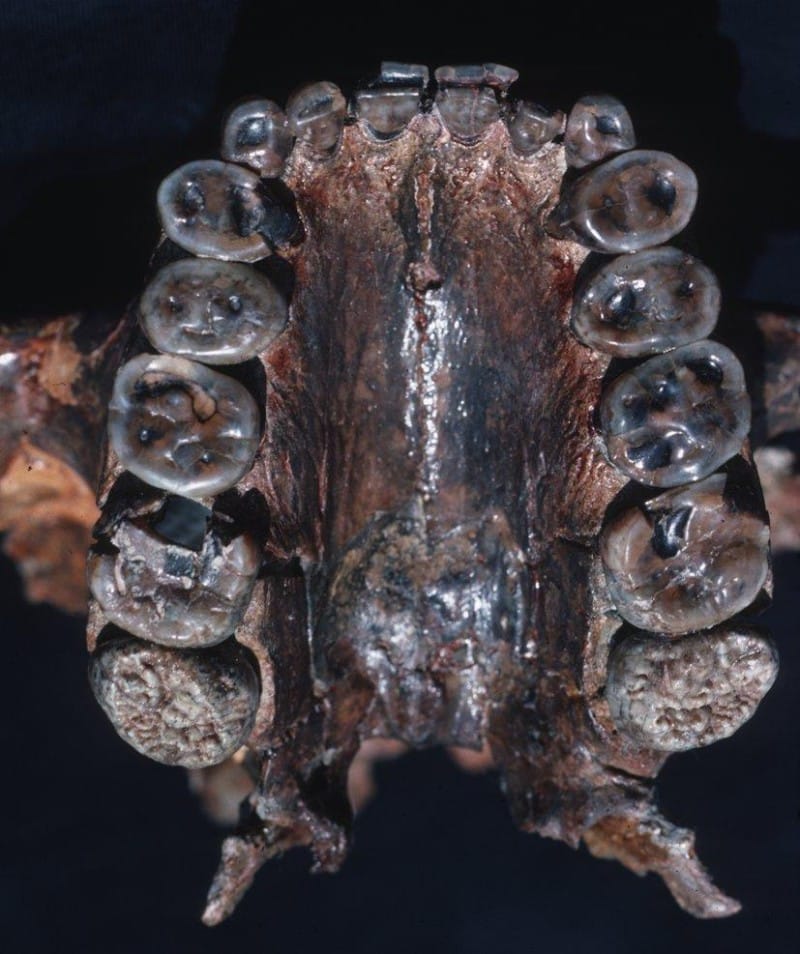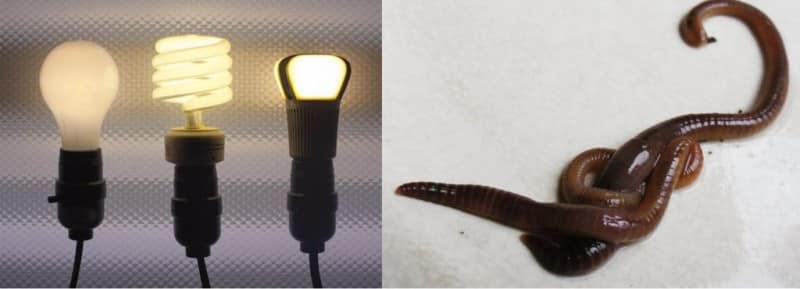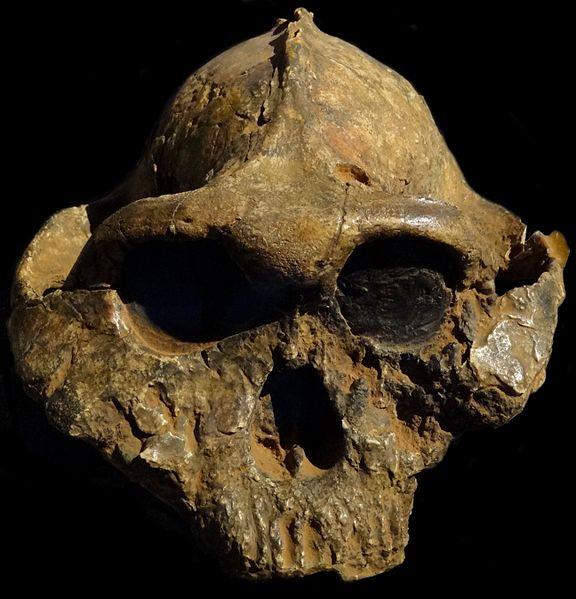Now a days, science help us to know how we evolved and what we evolved from. To be more specific, science leads us to know human ancestors in a better way. Earlier we have seen archaeologists revealing that the concept of recycling came from human ancestors 300,000 years ago. And now a new study has found that human ancestor Paranthropus boisei (nicknamed Nutcracker Man) used to chew bulbs and worms to live on.
Paranthropus boisei or Nutcracker Man is an ancient human ancestor who lived in East Africa in between about 2.4-million to 1.4-million years ago. Nutcracker Man was well known for his big, flat molars and powerful jaws. You might be thinking that the name “Nutcracker Man” suggests that the ancient human ancestor used to eat nuts. Well the very interesting thing is many researchers and archaeologists assumed the same thing as you might have assumed. Therefore, over the years, many researchers and archaeologists debated what this human relative actually used to eat.

Earlier, after analyzing isotope, some researchers mentioned that Nutcracker used to eat C4 plants (plants in which the CO2 is first fixed into a compound containing four carbon atoms before entering the Calvin cycle of photosynthesis) such as grasses and sedges. But many scientists later raised the question – to what extent such low-quality foods were nutritious enough for the hominin’s large brain? This led the researchers think again.

Now, Oxford University archaeologist Gabriele Macho thinks that he might have found an answer. As it’s impossible to know now what the hominins actually used to consume, so Macho studied the diets of present-day baboons in Amboseli National Park in Kenya, who live in an environment similar to what the Nutcracker Men once inhabited. Macho found that the baboons eat large amounts of bulbs such as tiger nuts, a C4 plant containing the minerals, vitamins and fatty acids which are especially important for the hominin brain.
After seeing this, Macho hinted that human ancestor Nutcracker Man didn’t actually eat nuts, citing, “This is why these hominins were able to survive for around one million years because they could successfully forage—even through periods of climatic change.”
Macho’s study has been published in the journal PLOS ONE.
Source: University of Oxford
Thanks To: PopSci
[ttjad keyword=”camera-general”]





